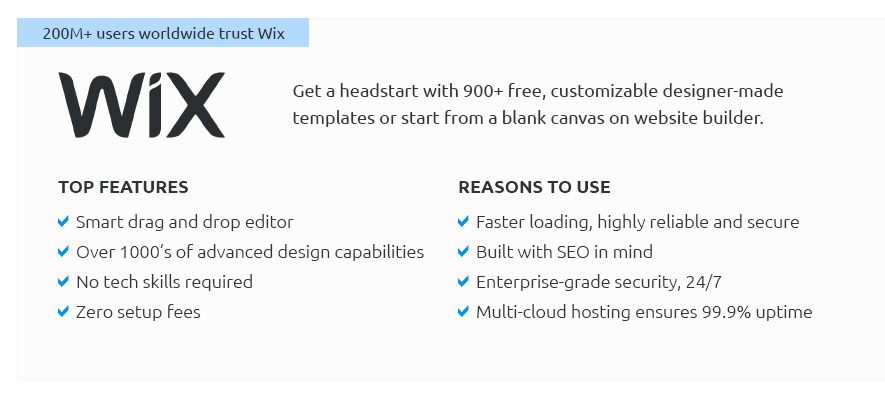 |
 |
 |
 |
|
 |
 |
 |
|
 |
|
 |
 |
|
 |
|
 |
|
 |
 |
Exploring the Apple Website Builder: A Comprehensive AnalysisIn the ever-evolving digital landscape, website builders have become a crucial tool for individuals and businesses looking to establish their online presence, and while there are numerous options available, Apple has made a notable entry into this space with its own website builder, a tool that merges aesthetic design with user-friendly functionality, but like any tool, it comes with its own set of advantages and disadvantages, which we will explore in detail, offering a balanced perspective to help potential users make informed decisions. The Pros of Apple's Website Builder: Apple's website builder shines in several areas that are particularly important for those who prioritize design and ease of use, first and foremost, the integration with the Apple ecosystem is seamless, allowing users who are already invested in Apple's products to enjoy a more synchronized experience, furthermore, the intuitive interface, characteristic of Apple's design philosophy, makes it accessible to beginners who may not have technical expertise, yet seek to create visually appealing websites with minimal effort, the drag-and-drop functionality is straightforward, which simplifies the design process and accelerates the time it takes to launch a new site, another noteworthy advantage is the range of templates available, each designed with a modern aesthetic that aligns with contemporary web design trends, ensuring that users can create professional-looking websites without needing to hire a designer, additionally, the optimization for mobile devices is inherent, which is crucial in a world where mobile browsing often surpasses desktop usage, thus, ensuring that websites look and function well across all devices is a significant benefit. The Cons of Apple's Website Builder: However, despite these strengths, there are certain limitations that potential users should consider, one of the most significant drawbacks is the lack of customization compared to other more established website builders like WordPress or Wix, for users who have specific design requirements or need complex functionalities, the limited customization options can be a hindrance, moreover, the cost factor cannot be overlooked, as Apple's products and services typically come with a premium price tag, this could be a deterrent for budget-conscious individuals or small businesses, another aspect to consider is the relatively new presence of Apple's website builder in the market, which means that it may not have the same level of community support or extensive plugins and integrations that other, more mature platforms offer, this could pose challenges for users who need specific third-party services integrated into their websites. Conclusion: In conclusion, while Apple's website builder presents a compelling option for those who are already part of the Apple ecosystem and value design simplicity, it is essential to weigh these benefits against the limitations, particularly in terms of customization and cost, ultimately, the decision to use this tool should be guided by one's specific needs and priorities, ensuring that the choice aligns with both the immediate and long-term goals of the user's online presence. https://apps.apple.com/us/app/freesite-website-maker/id6446306310
A completely free website builder with free hosting. FreeSite is the easiest way to quickly make a real website. https://www.apple.com/welcomescreen/ilife/iweb-3/
If you're new to iWeb, watch this Getting Started video to see how easy it is to design and publish your own website. Click to Play>. Watch Movie. The best ... https://apps.apple.com/us/story/id1548399715
Two years later, he launched Universea mobile-first tool that makes creating websites as easy as playing with blocks. Now available for iPhone, iPad, and Mac, ...
|